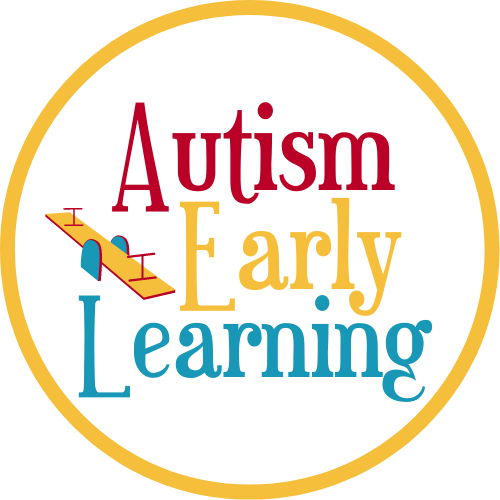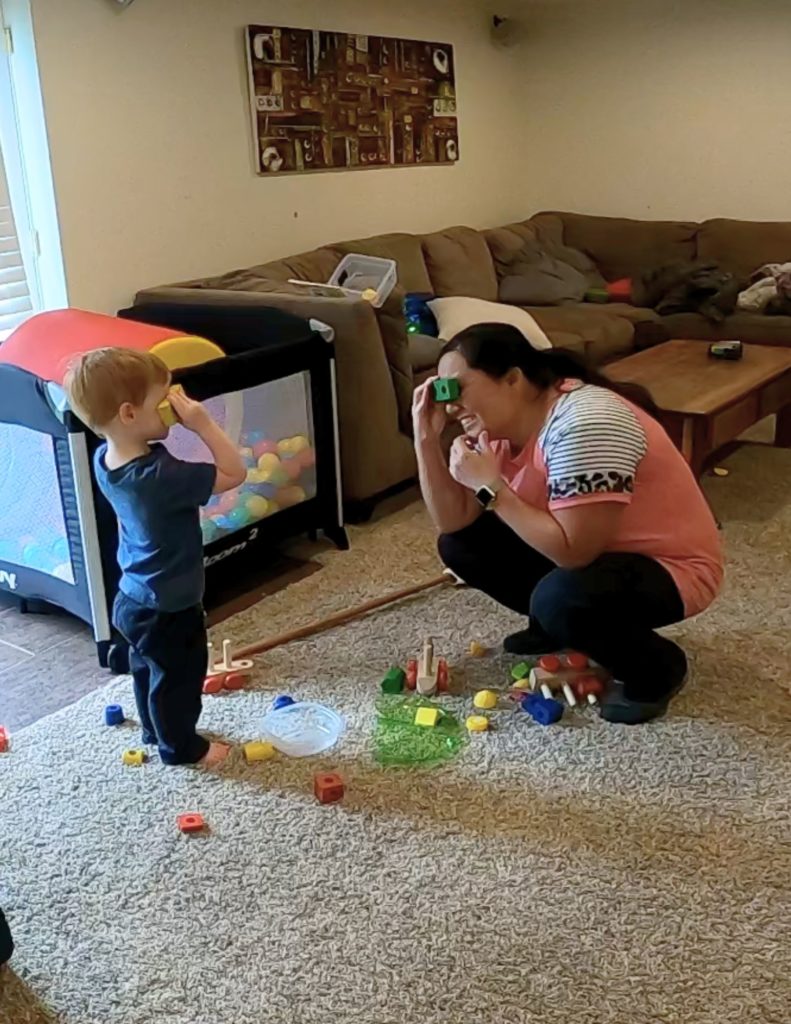When you are working with a child with autism, you may observe some challenging behaviors. However, just know that the term “challenging behavior” can be quite subjective.
Let’s say you have used the ABC Behavior Form to take some data and you have determined the function of the behavior. Now what?
You may want to immediately jump into changing the behavior, but that’s not what I’m going to discuss in this post. In education you may have heard the term Least Restrictive Behavior Intervention (LRBI). That’s what we want to do.
If there are ways to help a child naturally change his/her behavior that’s where we want to start. I’m not saying we walk on eggshells or cater to the child’s every want. I’m saying we evaluate the situation and see if there are things we can do first before attempting more intrusive interventions like behavior change.
So, in this post, I’m going to focus on one of the easiest things we can do to help a child with autism with challenging behaviors. I’m going to talk about changes we can make ourselves before trying to change the child.
These are some simple things that you can think about.
- Would moving the furniture around help?
- In the classroom when kids are running around like crazy, it can usually be solved by a simple room rearrangement. If there aren’t any “runways” it’s not as fun to run around.
- Would the behavior change if a certain object suddenly disappeared?
- This is a random example, but my first job out of high school was working at a group home for women with developmental disabilities and/or mental illness. I remember talking to my supervisor one day and she was talking about an interview question she was once asked. They said “If you were working with someone who kept trying to cut themselves with a razor, what would be the first thing you would do?” The simple answer was hide the razors.
- Another example is when my students would run away from circle time to jump on the pillows in the corner of the room. Their behavior changed and they stayed at circle when I removed the pillows from the room.
- Does it have to do with the time of day? If a certain task is hard for a child, they may do better at the beginning of the day or after a good meal.
- Are the lights flickering? A lot of kids with autism are really sensitive to fluorescent lights.
- Is there someone in the room that your child doesn’t like? Is your child always expected to be next to that child?
- Are there sounds that are affecting your child? I was once working with a kid outside and we were filming our session. He kept pausing and looking off into the distance. I wasn’t sure what he was doing, but when I watched the video back I realized he did it every time the wind blew. He was much more sensitive to it than I was.
- Does your child do better when she knows what’s going to happen next? Sometimes this can relieve some anxiety even if you think your child doesn’t understand.
- What is your tone of voice like? Certain social nuances and reading people can be difficult for kids with autism. If your voice doesn’t match your facial expressions, it can be confusing.
- Did you interrupt a routine? This can cause a lot of stress. I’m not saying don’t interrupt routines because I think kids need to learn to be flexible, but there are ways to teach this.
These are just some ideas, there are a lot more that I didn’t address. What are some of your ideas of things to try that are less restrictive? Let me know in the comment section!





